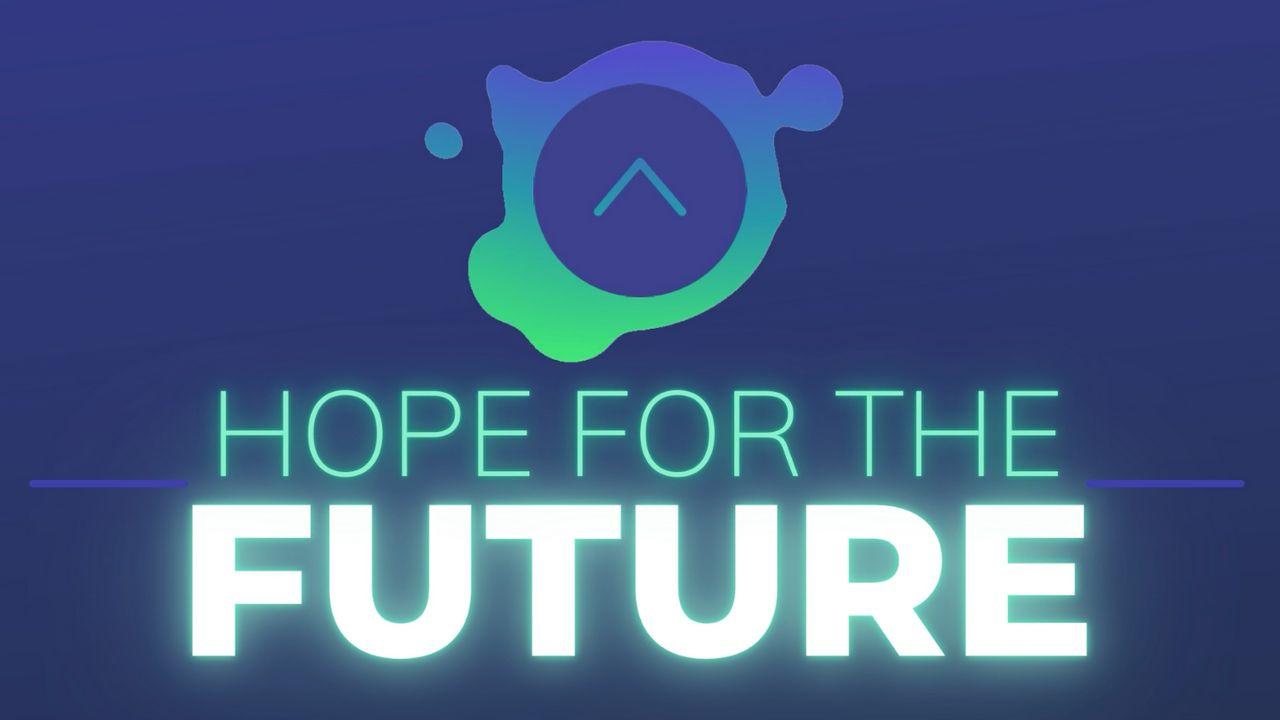Hope for the FutureSample

A Clear Plan
Without a plan it is easy to drift, try to do too many things, lose alignment and motivation, feel overwhelmed, and be distracted using sideways energy. On the other hand, if you hold rigidly to an original plan, you might settle for second-rate results, miss your best opportunities, stop learning, and have unnecessary conflict. The sweet spot is to draft a plan in pencil. Have a plan but be flexible to redirect or change course, as needed. A clear plan brings hope for your future.
Here are three key questions to answer when forming and assessing a plan:
- What problem are you trying to solve?
- What strategy will you use?
- How is that strategy working?
A helpful tool is called a SWOT analysis. You can assess by writing down your strengths, weaknesses, opportunities, and threats.
This can lead to clarity with the basic elements of who, what, when, why, and how.
Being prepared with a plan can lower stress, and input from friends can help shape it even more with wise insights.
Scripture
About this Plan

This plan covers four reasons why you can have hope for the future. Over the next few days, we will dive into how the younger generation, a deep compassion, a clear plan, and a real heaven can lead you to a place of real, genuine hope – a hope with no limits.
More
Related plans

Rebuilt Faith

24 Days to Reflect on God's Heart for Redemption

30 Powerful Prayers for Your Child Every Day This School Year

You Say You Believe, but Do You Obey?

Legacy Lessons W/Vance K. Jackson

Sharing Your Faith in the Workplace

Awakening Faith: Hope From the Global Church

God's Book: An Honest Look at the Bible's Toughest Topics

Game Changers: Devotions for Families Who Play Different (Age 8-12)
